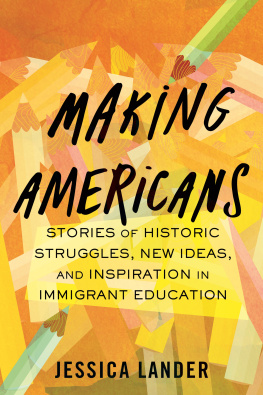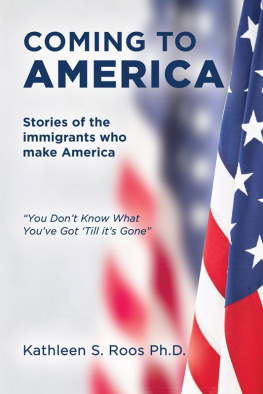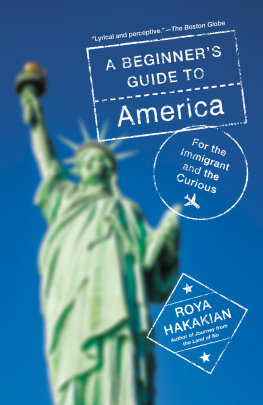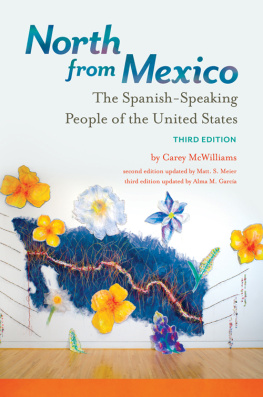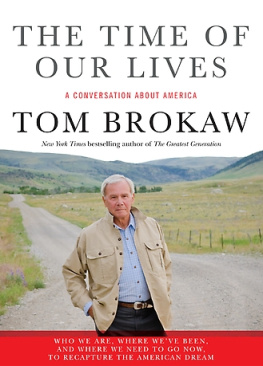Jessica Lander - Making Americans: Stories of Historic Struggles, New Ideas, and Inspiration in Immigrant Education
Here you can read online Jessica Lander - Making Americans: Stories of Historic Struggles, New Ideas, and Inspiration in Immigrant Education full text of the book (entire story) in english for free. Download pdf and epub, get meaning, cover and reviews about this ebook. year: 2022, publisher: Beacon Press, genre: Detective and thriller. Description of the work, (preface) as well as reviews are available. Best literature library LitArk.com created for fans of good reading and offers a wide selection of genres:
Romance novel
Science fiction
Adventure
Detective
Science
History
Home and family
Prose
Art
Politics
Computer
Non-fiction
Religion
Business
Children
Humor
Choose a favorite category and find really read worthwhile books. Enjoy immersion in the world of imagination, feel the emotions of the characters or learn something new for yourself, make an fascinating discovery.
- Book:Making Americans: Stories of Historic Struggles, New Ideas, and Inspiration in Immigrant Education
- Author:
- Publisher:Beacon Press
- Genre:
- Year:2022
- Rating:3 / 5
- Favourites:Add to favourites
- Your mark:
Making Americans: Stories of Historic Struggles, New Ideas, and Inspiration in Immigrant Education: summary, description and annotation
We offer to read an annotation, description, summary or preface (depends on what the author of the book "Making Americans: Stories of Historic Struggles, New Ideas, and Inspiration in Immigrant Education" wrote himself). If you haven't found the necessary information about the book — write in the comments, we will try to find it.
Setting out from her classroom, Jessica Lander takes the reader on a powerful and urgent journey to understand what it takes for immigrant students to become Americans. A compelling read for everyone who cares about Americas future, Making Americans brims with innovative ideas for educators and policy makers across the country.
Lander brings to life the history of Americas efforts to educate immigrants through rich stories, including these:
-The Nebraska teacher arrested for teaching an eleven-year-old boy in German who took his case to the Supreme Court
-The California families who overturned school segregation for Mexican American children
-The Texas families who risked deportation to establish the right for undocumented children to attend public schools
She visits innovative classrooms across the country that work with immigrant-origin students, such as these:
-A school in Georgia for refugee girls who have been kept from school by violence, poverty, and natural disaster
-Five schools in Aurora, Colorado, that came together to collaborate with community groups, businesses, a hospital, and families to support newcomer children.
-A North Carolina school district of more than 100 schools who rethought how they teach their immigrant-origin students
She shares inspiring stories of how seven of her own immigrant students created new homes in America, including the following:
-The boy who escaped Baghdad and found a home in his schools ROTC program
-The daughter of Cambodian genocide survivors who dreamed of becoming a computer scientist
-The orphaned boy who escaped violence in the Democratic Republic of the Congo and created a new community here
Making Americans is an exploration of immigrant education across the country told through key historical moments, current experiments to improve immigrant education, and profiles of immigrant students. Making Americans is a remarkable book that will reshape how we all think about nurturing one of Americas greatest assets: the newcomers who enrich this country with their energy, talents, and drive.
Jessica Lander: author's other books
Who wrote Making Americans: Stories of Historic Struggles, New Ideas, and Inspiration in Immigrant Education? Find out the surname, the name of the author of the book and a list of all author's works by series.

